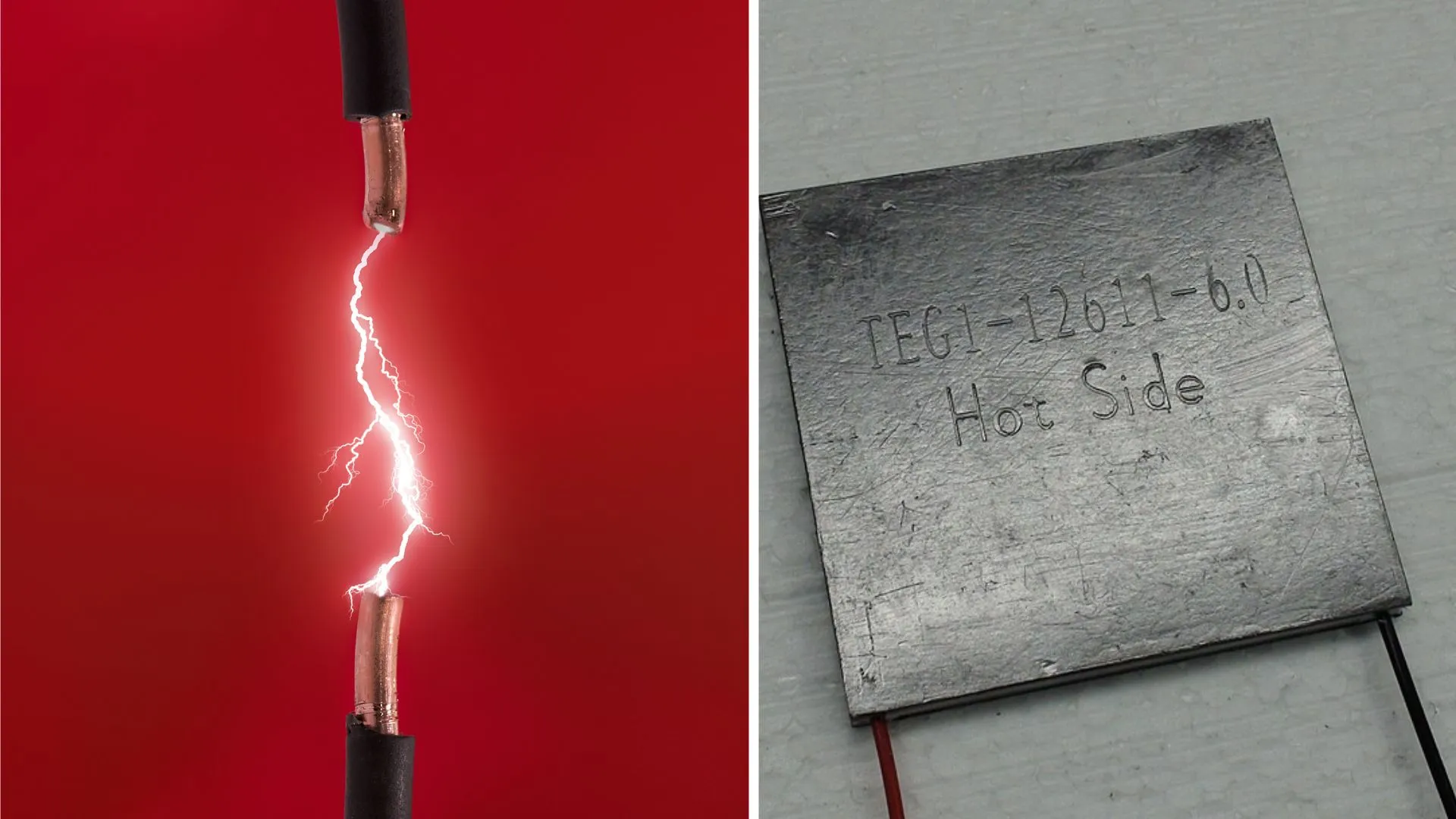
Researchers have introduced a new material that offers more efficient conversion of waste heat into clean electricity.
Developed by researchers from Queensland University of Technology (QUT), the new material achieves record-high thermoelectric performance.
Scientists added manganese to silver, copper, and telluride to make it the most efficient material of its kind.
Team demonstrated the prototype device
The research team demonstrated the prototype device, which was used to convert electricity.
“We showed it could reach record efficiency levels for its class, and when tested in a prototype device it delivered more than 13 per cent conversion efficiency – putting it alongside the best current technologies,” said first author Dr Nan-Hai Li from the School of Chemistry and Physics.
Researchers revealed that the tiny change to the material resulted in a product far better at converting heat into electricity.
Conversion efficiency
The prototype delivered 13 per cent conversion efficiency, which, in simple terms, meant that with the prototype, for every 100 units of heat energy that went into the device, about 13 units were turned into electricity.
“That might not sound like much, but it is a very high number for thermoelectric materials, with most of them only managing a conversion efficiency of a few per cent,” said Professor Zhi-Gang Chen.
“Every day, huge amounts of heat from cars, factories and power stations simply vanish into the air. This material gives us a way to capture some of that lost energy and turn it into clean power.”
The research pointed to new opportunities for clean energy.
Published in Energy & Environmental Science, the study achieved a high dimensionless figure of merit (ZT) of ∼1.88 at 773 K in p-type manganese-doped polycrystalline AgCuTe, which is one of the highest reported values for AgCuTe-based materials and is comparable to other state-of-the-art medium-temperature thermoelectrics.
This enhancement stems from band convergence and valence band flattening without compromising the intrinsically low thermal conductivity, as per the study.
Manganese doping effectively optimizes the electronic band structure
The research team revealed that manganese doping effectively optimizes the electronic band structure to improve the power factor and simultaneously reduces lattice thermal conductivity through intensified lattice defects.
“Every day, huge amounts of heat from cars, factories and power stations simply vanish into the air. This material gives us a way to capture some of that lost energy and turn it into clean power,” said Chen.
“Unlike many other options, this compound doesn’t rely on toxic elements. It’s stable, simple to produce, and therefore a strong candidate for real-world use,” said Dr Xiao-Lei Shi from QUT’s School of Chemistry and Physics.



